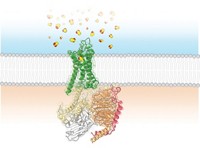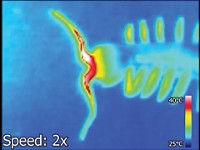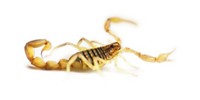Advertisement
Grab your lab coat. Let's get started
Welcome!
Welcome!
Create an account below to get 6 C&EN articles per month, receive newsletters and more - all free.
It seems this is your first time logging in online. Please enter the following information to continue.
As an ACS member you automatically get access to this site. All we need is few more details to create your reading experience.
Not you? Sign in with a different account.
Not you? Sign in with a different account.
ERROR 1
ERROR 1
ERROR 2
ERROR 2
ERROR 2
ERROR 2
ERROR 2
Password and Confirm password must match.
If you have an ACS member number, please enter it here so we can link this account to your membership. (optional)
ERROR 2
ACS values your privacy. By submitting your information, you are gaining access to C&EN and subscribing to our weekly newsletter. We use the information you provide to make your reading experience better, and we will never sell your data to third party members.
Biological Chemistry
Ion Channel Guides Blood-Seeking Bats
by Lauren K. Wolf
August 8, 2011
| A version of this story appeared in
Volume 89, Issue 32
Vampire bats on the prowl decide where to sink their teeth into their prey with the help of a heat-sensitive ion channel protein located in nerves on their noses, suggests a report in Nature (DOI: 10.1038/nature10245). Collaborating with researchers in Venezuela, a team led by David Julius of the University of California, San Francisco, found a truncated version of the ion channel TRPV1 in the neurons located in the bat’s nose pits, which are features responsible for detecting thermal radiation. In most mammals, TRPV1, known for its activation by the hot-pepper compound capsaicin, triggers a nerve response to pain or temperatures greater than 43 °C. The modified ion channel isolated by Julius and coworkers, however, has a lower heat threshold—around 30 °C—which likely enables the bats to sensitively detect the warm veins of their prey. Using gene-sequencing techniques, the researchers determined that, compared with normal TRPV1, the bat’s modified ion channel is missing 62 amino acids from the carboxy terminus. Julius hopes that the information gleaned from this study will help his team further understand how changes to TRPV1 might lead to heat or pain hypersensitivity in humans.





Join the conversation
Contact the reporter
Submit a Letter to the Editor for publication
Engage with us on Twitter